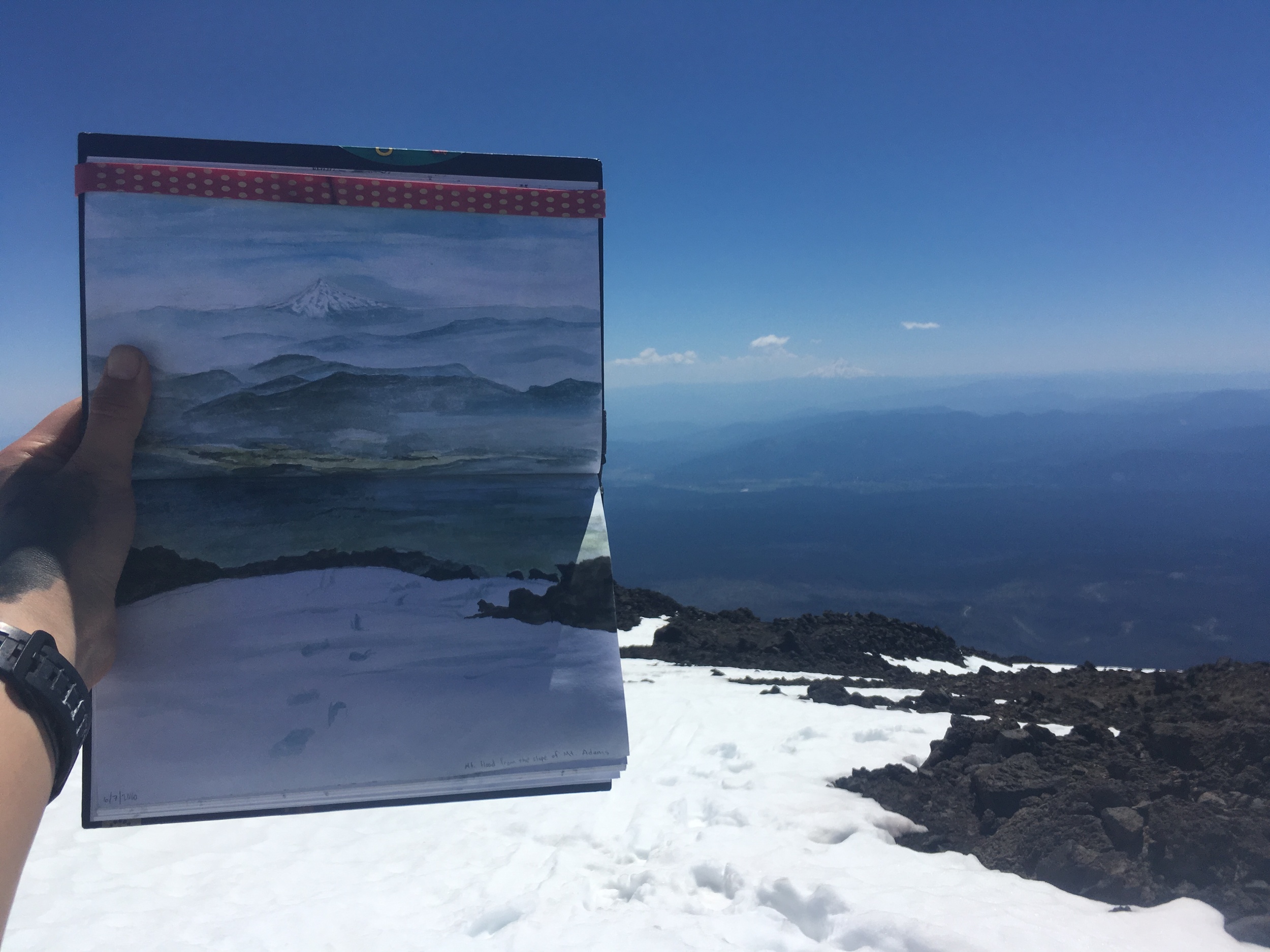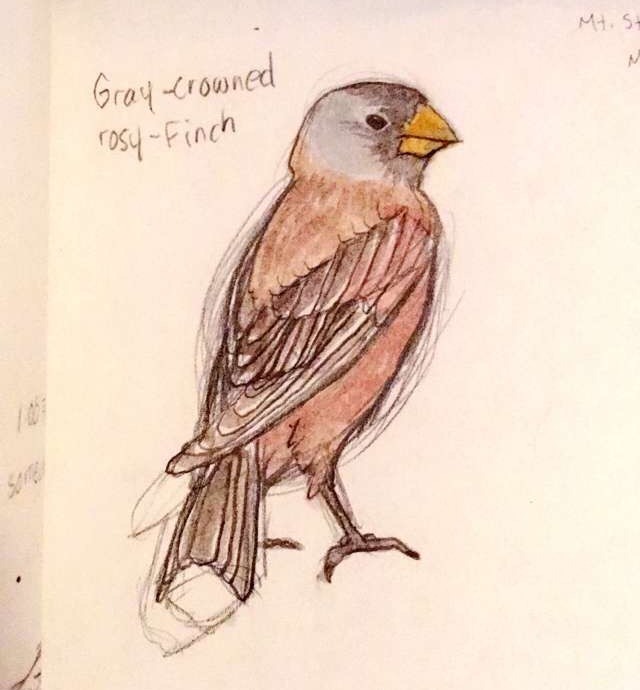Dog harnesses. An oddly specific topic I’ve found fascinating for decades, for as long as I’ve held interest in sled dog sports. Since ancient history the indigenous peoples of the arctic have used hide harnesses that have gone mostly unchanged to this day. During the gold rush and the westernization of Canada and Alaska most dog sled harnesses looked like mini draft horse harnesses.
An Inuit Dog and his seal skin harness (quite similar to an x back harness, without the X) https://thefanhitch.org/V12N2/V12,N2TraditionalKnowledge.html
Gold Rush era harnesses in Alaska in the late 19th century. Basically a miniaturized draft horse harness. https://postalmuseum.si.edu/gold/stars.html
Today, the cutting edge of dog powered sports are more focused on competition than survival and travel. With competition, modernization of materials, and manufacturing comes a new wave of innovation.
I myself have experimented with 4 styles of pulling harnesses with recreational mushing.
The X Back
If you go to any kind of dog sled race this is the primary harness design you will see. It’s tough, tried, versatile, simple, cheap, and easy to come by in the mushing community. If you’re going in to the back country for weeks, this is absolutely the harness you’re going to want.
The Pros
These provide considerable power with a highly ergonomic design. Notice how large the opening is for the shoulder and front leg, on a properly fitted harness the opening should extend all the way to the last rib. This allows the scapula of the dog to move naturally and the lungs to expand without any straps in the way whatsoever.
The X back is cheap, easy to find, and low-tech. Without any hardware to worry about breaking.
The Cons
The “H back” is an alternate design to the X back that fits some body types better, but has mostly the same principles as an X back.
Because the attachment point is at the base of the dog’s tail, there is some pressure pulling the rear end downward while pulling. This is only really an issue with dog sledding, where the attachment to the sled is lower than the top of the dog, where as in bikejoring or skijoring the attachment is above the dog (at the bike handlebars or the skier’s waist).
Some dogs are notorious for escaping these harnesses since they only slip on from the front, but this can easily be solved by adding a strap to the belly.
The Shorty
The “shorty” harness has gained popularity due to its increased use in long distance races, most notably by Allen Moore and Aliy Zirkle in the Iditarod and Yukon Quest. A simple design that resembles harness you could find in any pet store.
I think this is a perfect harness for anyone who wants to try pulling sports with their pet dog. And if you decide its not for you, you can still use it as a normal walking harness.
The Pros
Free hips! If your attachment point is below the dog, there will be no pressure on the hips like we addressed in “the cons” of the X back harness.
This design gives long distance mushers have the ability to shorten their tuglines and eliminate the need for necklines in their gangline setup. Basically, it lets the dogs move in a bit more of a natural way on the trail. They can get around obstacles individually without their collar being attached to the main line.
For me, a small team. I like to use this harness for hikes and walks. My dog isn’t going to be pulling very hard and it stays in place nicely.
The Cons
I can’t imagine the band right around the ribcage is too comfortable, especially for breathing. When I look at the X back and how that area is completely free of any straps, I can see the breathing disadvantages of this design. BUT that is only seems like a real problem if the dog is pulling very hard. On a typical long distance dog sled team, each dog only has about 5 pounds of pressure on its tug once their momentum picks up.
The buckle could potentially be a problem if it breaks, out on the trail there is no way to fix it unless you brought extras.
The Second Skin
This was a design I wasn’t entirely sold on when I purchased it, but wanted to try it on my young dog. I fell in love with it! I primarily use it for canicross. He seems comfortable in it and I’ve noticed the design provides more power than the shorty harness without being much different. It’s sort of like a shorty/X back hybrid actually. This harness is unique to the brand Howling Dog Alaska, who make great products and are always innovating new ways for dogs to pull.
The Pros
The organic shape of this harness doesn’t rely on nylon webbing for structure as most other harnesses do, which in this case is advantageous for providing a “tailored” fit to my dog.
The V shape gives the dog more power than a shorty harness, although probably not as much as an X back provides.
The Cons
Some mushers have remarked that the wider chest plate on this design could cause armpit rubbing on some dogs. Rubbing can be a big problem for sled dogs, some are more susceptible to it than others.
Like the shorty harness, there is a nylon strap going across the ribs of this design which could potentially cause discomfort to the ribs if the dog is pulling very hard.
The Freemotion
YES the Freemotion harness from Nonstop Dogwear looks like an over-designed mess. I was not sold on it when I first saw it, but the more I looked in to it the more I wanted to try it for myself. This harness is ideal for shorter trips with a small team, like bikejoring or skijoring. My dog Knut pulls like a maniac in this thing. I like that the design derives more power from the base of the neck than the chest due to the two wide straps extending from the shoulders to the rump. This harness was specifically designed for small-team sprint mushers racing in skijor, bikejor, and canicross. The idea behind it was to create a harness that allows the dog to pull VERY hard without squeezing the chest cavity and limiting breathing. It’s very ideal if you only have a one dog team like I do, I’m able to use every ounce of power that my little furry tractor is producing.
The Pros
Highly adjustable. I like how tailored this harness fits when I have it adjusted right.
Everything I mentioned above. This is how I think you can get the most power out of your single dog team. I love it for skijoring and bikejoring. I don’t like it for canicross because I can’t run fast enough for how hard he is able to pull with this thing on.
The Cons
So much hardware on this thing. These harnesses do break, and are harder to fix. So if you don’t like that idea, this isn’t the harness for you.
It’s STIFF. The thing is a little awkward to take on and off.
Harnesses to avoid
Some harnesses are made for simply having a convenient attachment point for a leash, and that’s perfectly fine. But some of these designs can be harmful to your animal, especially when used incorrectly.
Any unpadded harness
If you’re doing any kind of pulling with your dog, you NEED your harness to be padded. Make sure whatever harness you’re using was designed for what you’re using it for. Padding ALL THE WAY AROUND the neck is crucial, this is where a lot of your power is coming from (think of the way horse collars work). You’re also going to want padding on the chest piece because this is also where your power is coming from.
The infernal “step in harness
I think these might work fine if you have a 2 pound chihuahua, but I just do not understand the point of these harnesses. Sometimes they are advertised as “anti-pull” harnesses, which only works because the dog is so uncomfortable wearing them that they don’t even want to pull.
Notice how the webbing just cuts right across the shoulder joint? It looks so uncomfortable! Maybe someone can explain to me a practical function for these because I really don’t understand them.
The Famous Front Range
There are a lot of “outdoor dog” brands? I’m not really sure why we need them. I PERSONALLY think tried and tested working dog equipment is much more reliable than these “innovative” brands preying on REI co-op members. But I’ve never really tested these brands either. But I see people using them A LOT, when I know that there are cheaper and more reliable options available.
I see this “Front Range Harness” from “Ruffwear” LITERALLY EVERYWHERE! You’re not going to pass 5 dogs on a hiking trail without 4 of them wearing one of these. They look really well made and they’re probably great as a convenient leash attachment. But I think there is a problem when people try to use these as pulling harnesses, which I do see quite often. The entire neck is not padded and the shape of the chest piece might choke or chafe your dog.
The “Omnijore”
This is pretty much the same thing as the front range with a pointless strap on the back so it sort of looks like a traditional sled dog harness. It’s twice the price of a real sled dog harness and many times worse. Again, without a fully padded neck your dog is not going to be comfortable nor be able to perform to the fullest. And again, the wide chest plate.
The Kurgo “Long Hauler Cradle Back Joring Harness”
I’m sorry but I have to laugh at that name. What does “cradle back” even mean? This fake marketing stuff is just too much sometimes. The only long haul you’re going to make with this thing is back to the store to return it after your dog chafes his armpits raw.
All that being said, if I ever did see someone using this improper equipment in real life, I would never criticize them. They will figure out that equipment is ideal on their own. It is more important to make them feel welcome in the sport than to give unwarranted advice.





![IMG_1160[20576].jpg](https://images.squarespace-cdn.com/content/v1/5740c9617da24f40d750a138/1614469322164-DGP483D43UD4XR0O5FOE/IMG_1160%5B20576%5D.jpg)

![IMG_0629[20574].jpg](https://images.squarespace-cdn.com/content/v1/5740c9617da24f40d750a138/1614469471113-PJZH7H76MLWQ576AMKVS/IMG_0629%5B20574%5D.jpg)
![IMG_3723[20580].jpg](https://images.squarespace-cdn.com/content/v1/5740c9617da24f40d750a138/1614469543258-KX4MJ84QIE1YVYUN6X8T/IMG_3723%5B20580%5D.jpg)










































